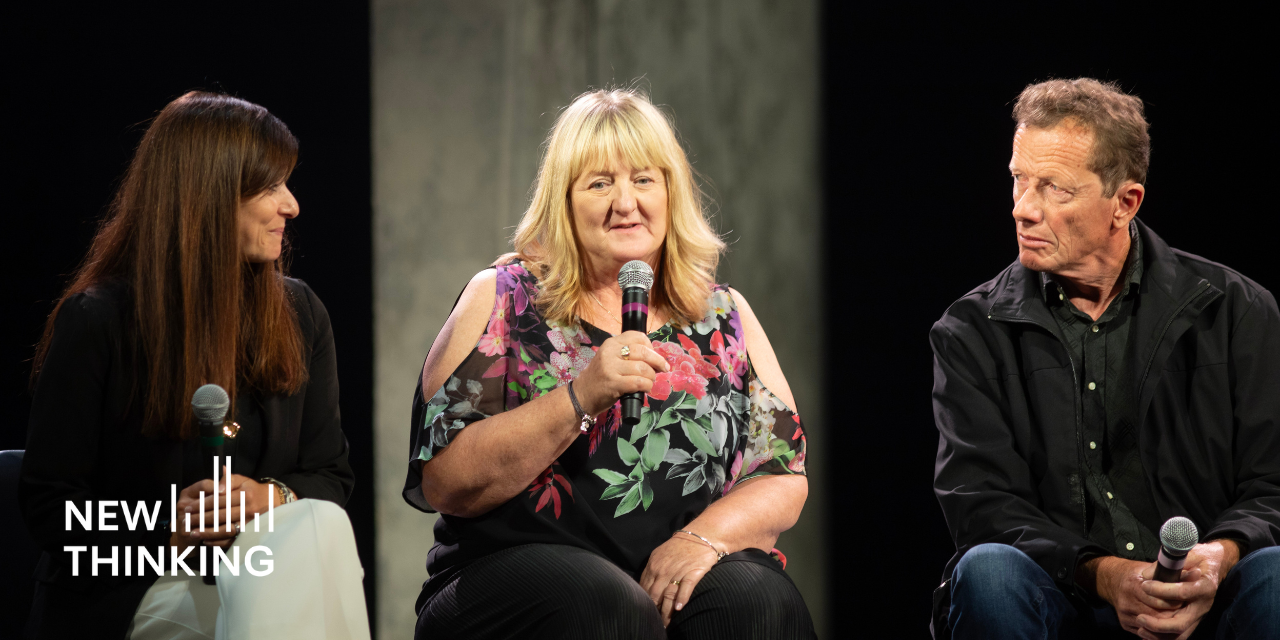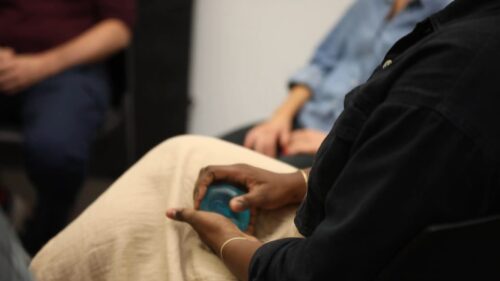Judge Richard Hopper is the presiding judge of the Hennepin County Community Calendar in Minneapolis, Minnesota. In the following interview conducted at the national community court coordinators meeting in February 2000, Judge Hopper talks about the institutional obstacles planners had to overcome to launch the court.
Why did folks in Minneapolis start thinking about developing a community court?
Well, I think it began when the violent crime rates started going down and the judicial leadership as well as other players from the judicial system, to their surprise, were met with a lot of criticism because people started focusing on quality-of-life crime. There was a lot of discontent with the community feeling the criminal justice system had not done its job because we allowed these low-level offenses to proliferate and decay the communities.
Minneapolis is really a community in transition and there’s a real concern that people will be moving out of the city, so as a result our chief judge, Dan Mabley, decided that one of the responses we could make is to develop a community court, so our attention was drawn to Midtown Community Court and we began there.
What were the obstacles you encountered while planning the court?
There were a number of them. First of all, there was the issue of facilities. In Minnesota, in order to duplicate a Midtown [Court], the facility would have to be a lot more expensive than it was in Midtown. The holding area that Midtown has or the holding area that they have in Austin would never be deemed adequate for security reasons…
We had trimmed down our system so much in Minnesota that in order to beef it up to the point that we could deliver the kinds of services that Midtown does we would really have to increase our budget significantly. The one thing we noticed when we went down to Midtown was how many people were in the courtroom, but we also noticed that when you went downtown [to the centralized courts] there were the same number of people. I think New York already had a tremendous number of people in the courtroom, so you didn’t have to turn back the clock and add all these people.
As a result we had huge capital expenses we would have to undergo and, secondly, we would have personnel expenses. The Legislature, unlike in Hartford, was unwilling to pay for those up-front costs. The funder of capital facilities for the court system are the counties. Our county was unwilling to do this for two reasons. Number one, they didn’t see the wisdom of having a court out in the community as opposed to centralized downtown and, number two, they just didn’t have the money. We have a jail-space shortage and they’re building a huge jail and they’re at their bonding limits at this point… We also went to the local businesses, the major corporations, and they didn’t see themselves as funding what they considered to be traditional government services. They’re willing to fund things like housing, but they’re not willing to fund things such as courthouses, clerks, resource coordinators and the like. They felt that that was traditional government services that we should really be responsible for.
You had the support of your chief judge, but what about the rest of the judiciary?
The judiciary in general was against creating a community court for a couple of reasons. Number one, they felt that our system was overtaxed as it was and that there were other areas in our courts that we should devote scarce resources to other than low-level crimes, such as our Family Court and our Juvenile Court.
Secondly, judges in general are against decentralization. They like the centralized courthouse. They like to be with their colleagues… They saw this as the beginning of having judges scattered all over the city, which they’re philosophically against.
And thirdly, there was some opposition to the philosophy of community courts. You’ve heard this around the country, things like, “We’re not social workers.” “The community advisory boards are like lynch mobs. We shouldn’t delegate authority to them.” “We’re in the business of being unpopular, what we get paid to do is disregard community sentiment and make the right decision.”
What was the initial minimum that you could get everyone to agree on?
The initial minimum was that we would reconstruct some of the things we were doing already so that there would not be any significant drain on resources… So in other words, we convinced them we weren’t going to change a whole lot. It’s kind of like boiling a lobster and putting them in a pot and just start the heat so that they don’t even know they’re going to get boiled. We found that worked a lot better than just throwing them in a pot of boiling water. We were able to get to the point where we are now by just simply getting it up and running—using an existing courtroom in an existing courthouse with mostly existing staff. We started doing it and then making the changes as we went along rather than saying this is where we want to be a year from now. They would never have agreed with it.
And what were some of those changes? What have you added over the year?
First of all, we took misdemeanors, which usually have their own track, and felonies and mixed them together in a community court’s catchment area. And that was something that court administration was against and said you can never do this. We then brought in housing cases from a completely different part of the courthouse, a different computer system. They told us you can’t do that and yet we did it… We did have community service before but it was very lax, there was not a lot of accountability. We changed that, put better monitoring in place, and again that was something people felt we couldn’t do.
How do your fellow judges feel about the court these days?
I think they realized we weren’t going to go away and that this thing was going to live on regardless of what they did. In addition, I think that deep down inside everyone knows we were doing a lousy job with these cases. I don’t think that was ever an issue… I think they’ve come to the realization that somebody is trying to do something about it and that it’s working, and now it’s a situation where we have judges, rather than opposed to it, are kind of insulted that they haven’t been included… Everyone is starting to see that this isn’t what they thought it was going to be, that it’s really going to be an improvement.
One of the things that made this area in the judicial system so unattractive to judges was that it was so meaningless, in my opinion. I think if you go to these calendars that have 200 cases a day and all you’re doing is shuffling bodies through, people don’t like that sort of thing because you get to the end of the day and think, what have I really accomplished? One of the things I’ve tried to do and what I think community court does is put meaning back into what we’re doing. You feel like you’re accomplishing something.
Do you have any advice for other judges on how to launch a community court?
Well, I think the first thing is you have to do it yourself. I started off thinking I was just going to be the director and planner and that other judges would be falling in line and doing it and I found I really had to walk the walk on this and be the example. I think you have to make the personal commitment whether you like it or not to be the center of this court. A judge has to be the center of it to get everybody to move along on it. And secondly, I think you have to get a real good sense of what your colleagues will allow you to do initially and begin doing it and move from there.

